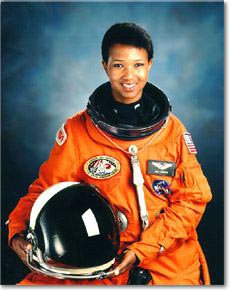
This post is part of a year long series. If you enjoy and learn from my writing, please contribute to support my full-time writing work via Patreon or Venmo. You can also purchase merch from TeeSpring or Bonfire, the proceeds from which enable me to continue this work.
When I think of people who made history, whom I find inspirational, I tend to think of them as flat characters from a one-page version of their life stories. I see them as larger than life, as superhuman, as fearless.
But in reality, I am sure we all have felt fear.
So what is perhaps more appropriate when I am considering those giants who’ve done such world-changing, culture-shifting work is to instead describe them as undaunted.
When I envision a person who is undaunted, I see a person who feels fear and nonetheless keeps moving forward.
During the course of researching and writing about various historical figures and events for Peace by Piece, I began to realize that even our most revered heroes have fears and self-doubt. Their notable accomplishments don’t preclude them from moments of stagefright, second-guessing their own plans and actions, or quivering with fear in the face of huge career and life changes.
For instance, Dr. Mae Jemison withstood rejection from school programs and ridicule from peers, only to finally get a chance to work with NASA and find she had a heart murmur which might prevent her from achieving her dream of going into space. Under such circumstances, who wouldn’t throw their hands up and laugh at a universal force that seemed hell-bent on denying Jemison access to her dream career.
Nonetheless, Jemison became a pioneer for Black women in her fields.
Consider, too, Juila Foote. A remarkable 19th century evangelist, Foote was discounted and discouraged not only by her denomination but by her pastor and her own husband. Nevertheless, she persisted in pursuing what she knew to be God’s calling on her life. She became the first woman ordained a deacon and the second to be ordained an elder in the African Methodist Episcopal Zion Church.
And we would of course be remiss if we didn’t focus on the iconic Rosie the Riveter, who didn’t exist as a singularly white historical figure. Ruth Wilson and her contemporaries comprised the 600,000 Black Rosies who completed crucial jobs during World War II. As much as the iconic bandana-clad white Rosie the Riveter is an image I’ve always understood to represent empowering American women, beginning to learn about the numerous Black Rosies that were also a part of this historical moment has made me see Rosie with fresh eyes, as a woman who looks like me.
Over the next year, we will learn together about Black American women who have shaped history. Some of them will have names we know but will have accomplished goals we never knew about. Some of them will have names we’ve never heard and will cause us to wonder why they were left out of our history curricula. Still others may be names we know who have accomplished great deeds we knew about, and we will together come to more deeply appreciate the significance of what they did to help craft our present circumstances.
What all of these women will have in common is that they are Black, they persisted in their good work in the face of countless obstacles, and their stories of determination need to be told.
Together, let’s learn about them, learn from them, and maybe we will be able to face our own challenges with their undaunted tenacity.
*Note: I’ve slightly adjusted the logo for this series to clarify that I will focus on Black women who have shaped American culture specifically.

